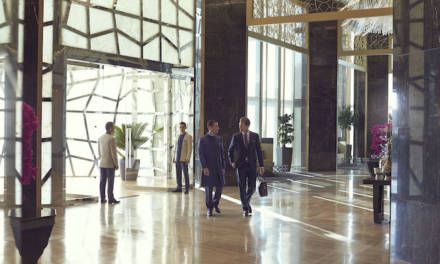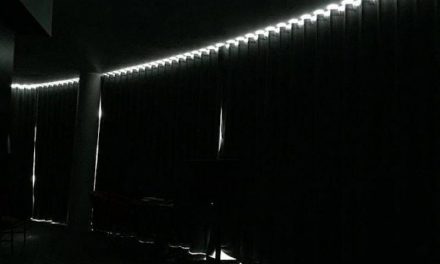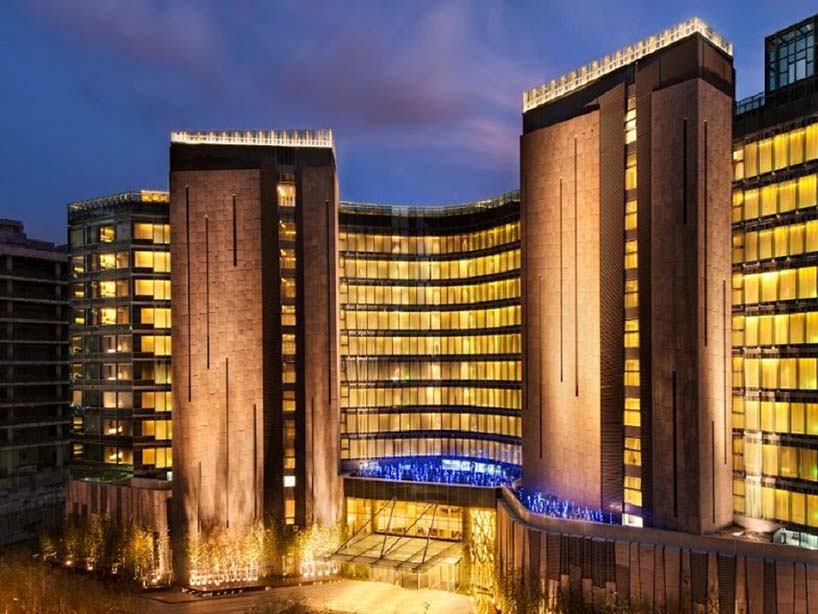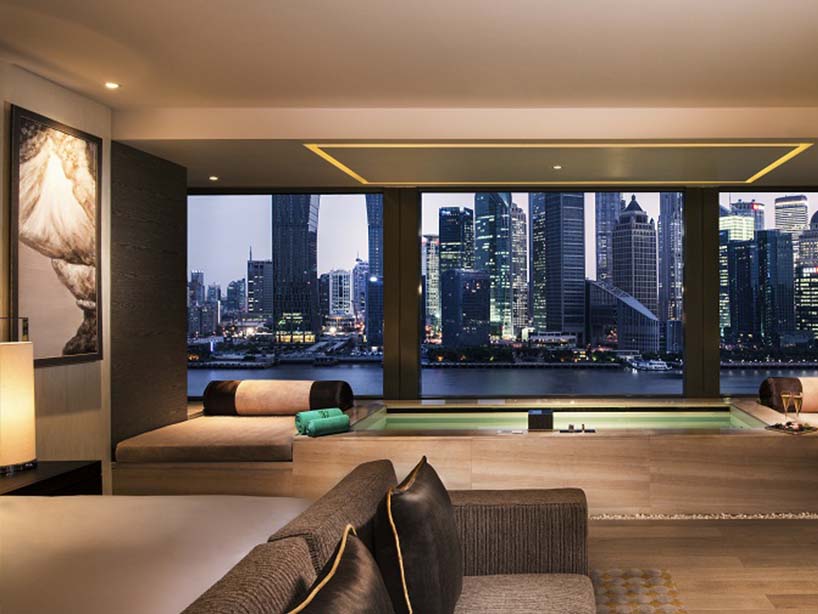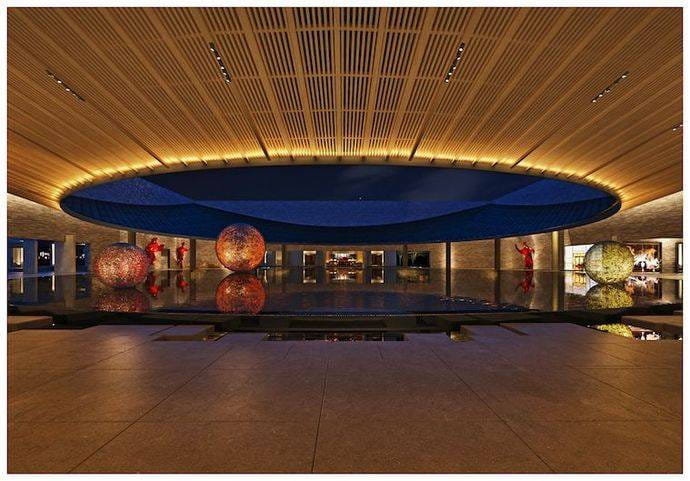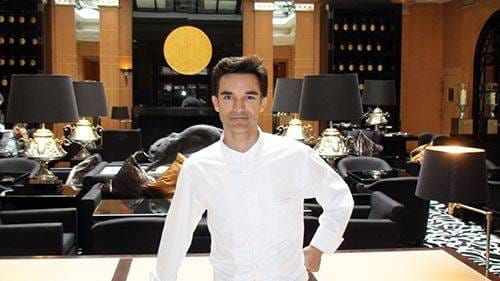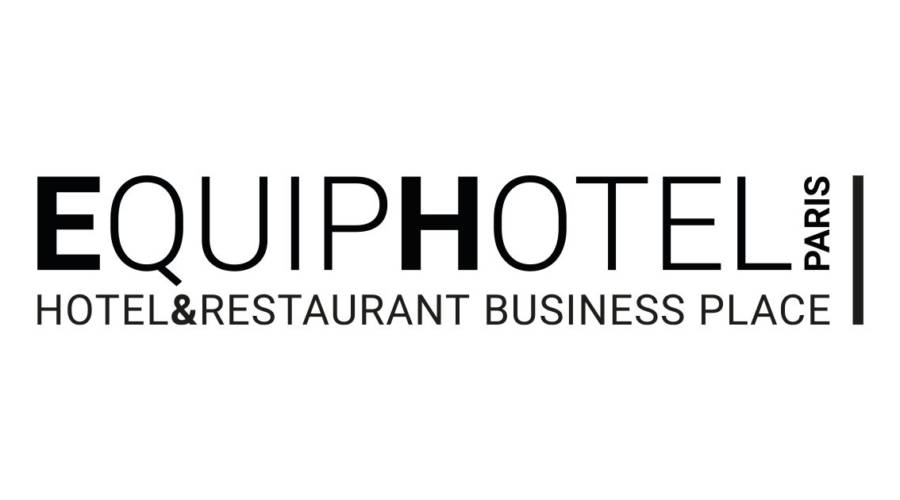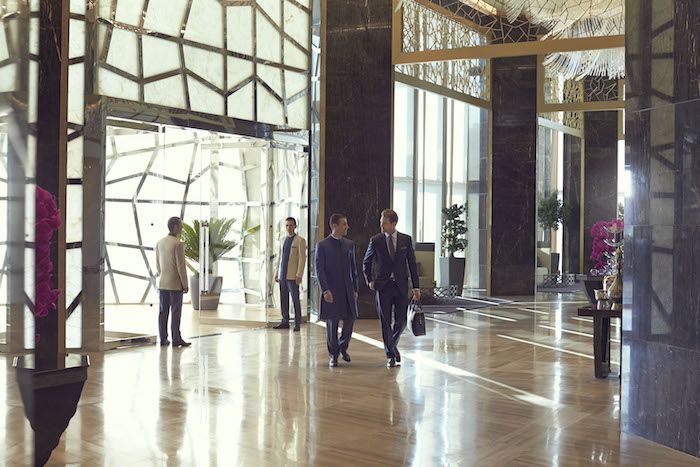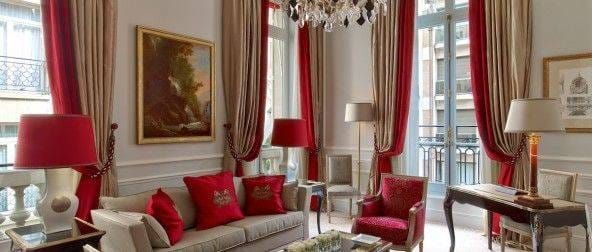Interview with Glen Cook, General Manager of Banyan Tree Shanghai on the Bund
Named after the Banyan tree that is celebrated for providing shelter to weary travelers in Thailand, Banyan Tree is perhaps better known today as a unique brand bringing together a family of luxury hotel and resort brands. Since its beginnings in Thailand, it has come to share its unique art of welcoming around the world. I have always been impressed by this brand’s ability to draw out the connection between each of its hotels and their respective local environment—all while maintaining a well-defined DNA around the spirit of well-being and relaxation.
This is particularly impressive given the brand’s venture into urban territory. I had the chance to speak about this subject with Glen Cook, General Manager of the Banyan Tree Shanghai on the Bund. A luxury urban resort that opened in 2012, Banyan Tree Shanghai on the Bund has quickly earned a name as one of Shanghai’s most unique award-winning hotels.
I invite you to discover below my discussion with Glen around the Banyan Tree brand and their urban resorts.
What is the vision of the art of welcoming at Banyan Tree?
The Banyan Tree has heavy Thai influences thanks to the brand’s origins in Phuket. Each hotel needs to localize their own arrival experience to make sure that the guest knows which country they have arrived in, and the hotel must use the best of its environment. The arrival experience starts with the design process; we make sure that the hotel looks like a welcoming place when the guest first arrives in the car.
Each guest must be greeted upon arrival, then personally escorted by a staff member to reception, and then personally escorted to their room. The entrance into the room, the sounds, the smells, the atmosphere—all must be up to the standards encompassing the Banyan Tree brand that started in Thailand.
How do you motivate your staff to bring the best of themselves?
Whilst the design of the hotel is very important, Banyan Tree is not about hardware. It’s not about the furniture of the hotel. It’s about what’s inside people’s hearts and what’s inside people’s minds. We concentrate on daily guiding messages. We have 26 different guiding messages, and it starts with our mission statement. We make sure that our staff are aware of why we’re here and what we’re doing and why we’re doing it. We move on to our Banyan Tree ideals, which are our values. There are 5 values we concentrate on. We have basic customer service, which we call the ‘Banyan Tree roots of the day.’ We have 15 different ‘roots of the day,’ and each day we concentrate on a different aspect of service. What we’re trying to do is create a culture. We don’t want to tell someone to do something; we want them to believe in what they’re doing so that they do it automatically.
Can you describe Banyan Tree’s Urban Resort theme?
The Banyan Tree brand is classically in remote locations and traditionally in very resort-feeling locations. Banyan Tree Shanghai on the Bund is in the middle of an enormous city, and our point of difference is our urban resort feel. When you walk around the city, you will smell the essence that’s being burnt in all the public areas. We specifically tailor our uniforms for our staff to create an urban feel, and we oppose anything that looks like the staff are going to be in a corporate environment. The spa is also very important for our urban resort theme; we have essences in our spa that are completely different from business hotel spas. For instance, there is Rainmist, which is a signature touch point for a Banyan Tree Spa.
Banyan Tree – Shanghai – Room
Known for his international expertise on luxury hotels through his magazine, Laurent Delporte shares his vision and experiences in the world of hotels on his site DELPORTE Hospitality. He decodes the behind-the-scenes action in the sector: from food and beverage facilities, accommodations, architecture, to the quality of services. He offers interviews, advice, and articles as pragmatic resources that industry professionals and private individuals can refer to in their search for information.


 HOME
HOME